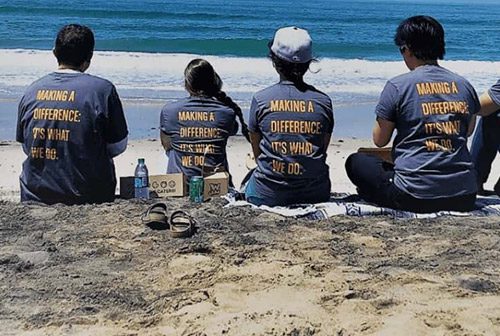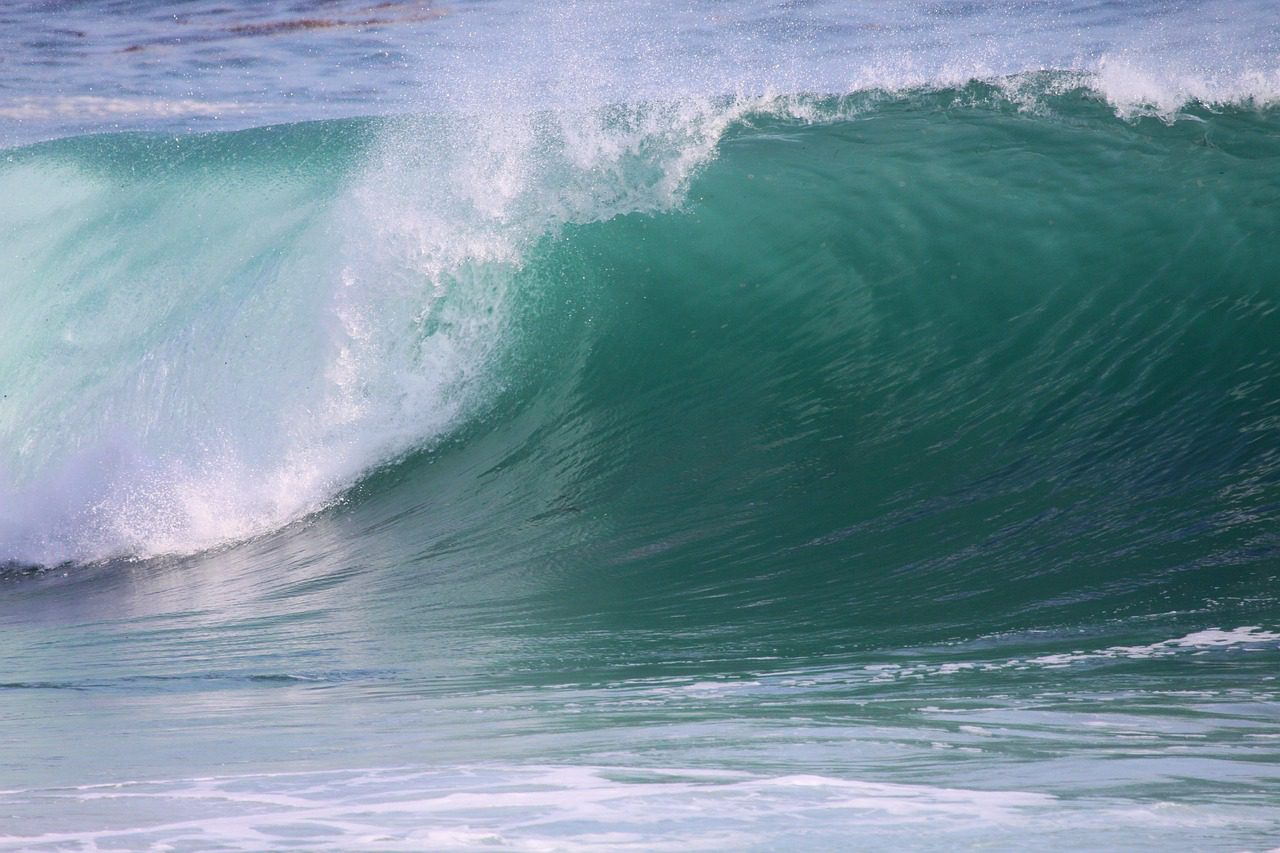Bio means life. Bioassesment means the study of life and living organisms–and we’re full force with our bioassessment program in San Diego County. Bioassesment helps us understand the health of a lake, river, stream or ocean by looking at the organisms that survive there. Scientists have used many different organisms to test water quality; including, mussels, fish, and our favorite, insects.


Insects represent the majority of living creatures. In fact, there are more than a million species of insects. And they are found in many different places because they can survive in a wide diversity of habitats. Insects have special body parts that help them to survive. They all have a segmented body including head, thorax and abdomen. Some can fly, some can swim, and some can fit between very small crevices. These are just some examples of the eccentricities that help these clever creatures survive. Some of them eat live plants and animals, while others prefer their food dead. Some like to decorate themselves to blend in or have an extra “cover” for protection.
Why are there so many insects? What can their presence or absence tell us about the health of a stream? These are questions that can be answered when we pay attention to these incredible creatures.
Why do we study the insects in our streams, creeks and rivers?
Some of the insects can live only in very high water quality, while others can live in fair or poor water quality. This means, the insects that you find tell you if the waters are fair, poor or high water quality.


How do we know if the presence of certain insects indicates good water quality? The insects are classified by their tolerance to certain water conditions. Insects with a low tolerance (0-3) are considered to be very sensitive to decreased water quality.
Insects with a high tolerance (6-10) are considered insensitive to decreased water quality. So if you can find bugs with low tolerance in your streams that’s very good news!
Who are the usual suspects of fair or poor quality?
- Syrphidae “Hoverflies” – 10
Who are the bugs that like high water quality?
- Chloroperlidae “Stoneflies” – 0-1
- Leuctridae “rolled-winged stoneflies” – 0
- Glossosomatidae “caddisflies” – 0-2
- Odontoceridae “Mortarjoint casemakers” – 0
What is the educational value of bioassessments?
Identification/Classification
Students can use several field guides to identify the insects and other creatures in their waters and relate their presence to water quality. Studies can range from basic identification to taxonomy, to collecting and identifying bugs. All of these activities are fairly easy and will teach students to use a key.
Adaptations/observation
Students can examine the insect’s mouth with a magnifying glass and infer to which functional feeding group the insect belongs. The students can then explore where the insect exists in the food web and what it needs to survive. For example, a shredder needs leaf material to fall into the stream and a grazer needs algae. Here is a helpful resource on functional feeding groups.
Zonation (Where does it live?)
Use location to answer questions about water quality. For example, where in the stream do you find certain species and is this related to certain water conditions (low oxygen, low pH, high temperature…)? This could work for both project based-learning and science fair projects.
English Language Arts and Arts & Crafts
Students can create their own bugs and tell their stories. What are the special body parts or behaviour “adaptations” that help them survive?
Volunteer Oppotunities
Volunteer with scientist groups or participate in International Rock Flipping Day, on Sunday, September 9.
More Resources and a very big THANK YOU to the California Digital Reference Collection for the rights to use their photos in our blog.
http://www.riverscienceinaction.org/content/curriculum-packet-2-0
http://watermonitoring.uwex.edu/wav/monitoring/index.html
http://water.epa.gov/learn/resources/upload/2008_12_08_learn_science-projects.pdf
http://www.waterboards.ca.gov/water_issues/programs/swamp/docs/cwt/guidance/351e_bugstogo0414.pdf
http://www.dfg.ca.gov/abl/Lab/california_referencecollection.asp













